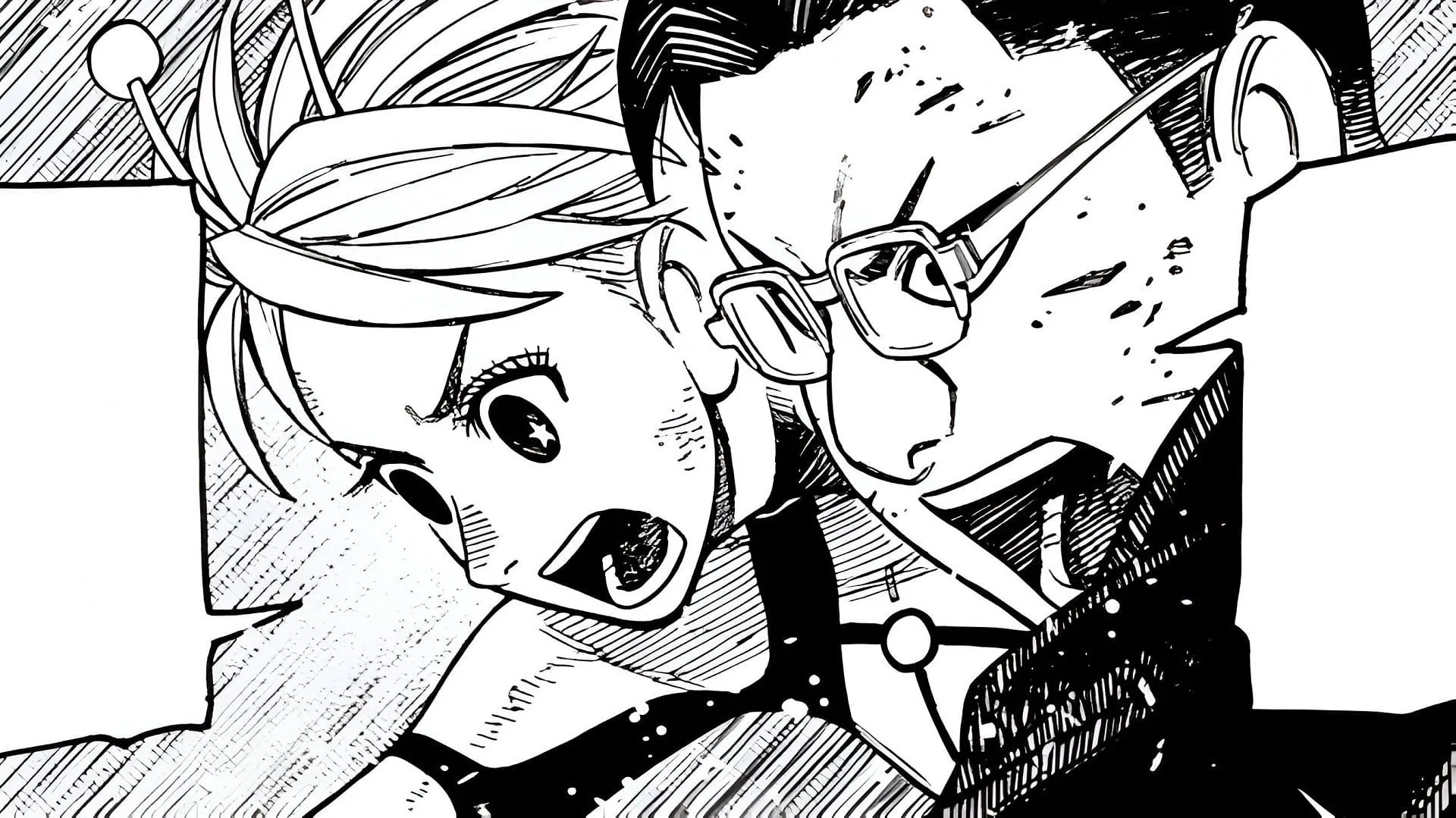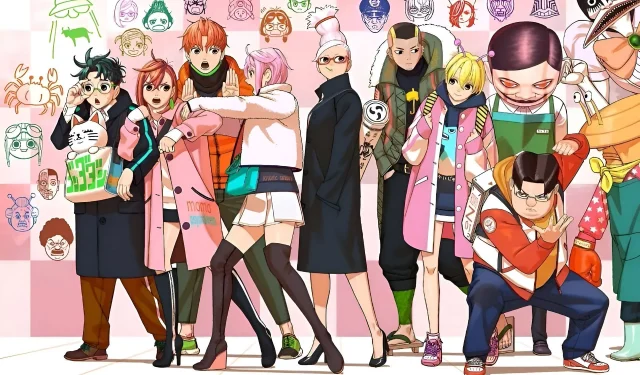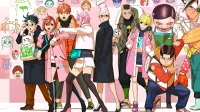Dandadan, created by Yukinobu Tatsu, immerses readers in a supernatural universe where characters grapple with both formidable external threats and intricate personal struggles. While analysis often focuses on the evolving relationships between Momo and Okarun, as well as Aira’s complex character journey, Vamola emerges as a unique and refreshing presence amidst the turmoil of the story.
What sets Vamola apart from many other characters is her unwavering optimism and resilience. Having endured the devastating conflict that annihilated her species, the potential for Vamola’s character growth presents an intriguing challenge for Tatsu to navigate.
Disclaimer: The views expressed in this article are those of the author.
Vamola’s Enduring Joy and Emotional Resonance in Dandadan
In the narrative framework of Dandadan, Vamola plays a critical role through her current characterization. Unlike other characters burdened by insecurities and hidden motivations, she serves as an emotional antidote with her sincere enthusiasm and uncomplicated joy.
During the Space Gobalists arc, Vamola’s distinction as the last surviving child of her kind is emphasized. She embodies not only the genetic legacy of her people but also the enduring spirit of their resilience. Her remarkable nature is less about her formidable powers and more about her ability to appreciate and marvel at her new life on Earth despite her profound losses.

This heartwarming quality makes Vamola immediately relatable; however, it also presents a narrative conundrum. How can Tatsu construct a character capable of enduring emotional trials? There are several promising avenues for Vamola’s growth that could add layers while preserving her core identity.
A particularly engaging narrative path could include the return of her mother. This reunion would serve as a pivotal moment, forcing Vamola to reconcile her Earth family ties with her original lineage. Such a scenario could lead to profound emotional conflicts, testing her usual unwavering optimism.
These challenges would enhance her character complexity without representing a regression, illustrating how someone like Vamola navigates the intricate feelings of cultural identity and divided loyalties.
Vamola’s Development Through Kinta: Compassion over Revenge in Dandadan
Another compelling trajectory lies in Vamola’s relationship with Kinta, who contrasts her optimistic outlook with his struggles with self-doubt hidden beneath a facade of bravado. Their bond could evolve into something deeper as Kinta’s emotional growth fosters a stronger connection between them.
This progression may allow Vamola to express the fears and doubts she usually keeps hidden for the well-being of others. The anticipated confrontation with the leader of the Kur organization could serve as a pivotal moment for character exploration.
Instead of pushing Vamola toward vengeance, which would undermine her essence, Tatsu could highlight the transformative power of her compassion. In a world rich with supernatural phenomena, Vamola’s ability to empathize—even towards her adversaries—could emerge as her greatest strength.
Conclusion
Dandadan excels because of Tatsu’s talent for subverting traditional character arcs while still providing emotional satisfaction. In this context, Vamola does not need to adopt darker or more complex traits to evolve.
Her growth could be exhibited through how her innate optimism influences those around her, fostering unexpected friendships or transforming challenging situations.
As the series continues to navigate its tumultuous supernatural landscape, Vamola stands as a poignant reminder that survival can itself be a rebellious act and that sustaining joy in a chaotic world demands its own unique resilience. While her evolution may diverge from conventional storytelling paths, such divergence is precisely what makes this manga a captivating experience.


